McLaren dominated the race at Silverstone, which marked the halfway point of the F1 season. The MCL39 proved to be a car with virtually no weaknesses, but for its home race, the Woking-based team decided to introduce extensive underbody developments to further consolidate its technical advantage over its rivals.
This extensive work was visibly concentrated along the sidewall and the expanding profile. Specifically, a large longitudinal slit was extended, effectively creating a sort of long, knife-edge profile that extends towards the rear.
This micro-aerodynamic intervention was actually accompanied by a thorough overhaul of the Venturi ducts and the initial section of the diffuser. Effectively, McLaren introduced an aerodynamic development on a track that can be considered a sort of open-air wind tunnel, where the interaction between aerodynamics and vehicle dynamics is at its most advanced.
The balance of the MCL39 is currently unrivalled by any of the other cars, with its ability to manage tyre degradation recognised by all the paddock technicians to be equally unmatched.
New FIA flexibility tests
It's important to note at this point in the season that the development of the MCL39 has been inconsistent throughout the first 12 races.
This means that the changes were interrupted by developments usually aimed at adapting to the characteristics of individual circuits, with the exception of Imola, where the introduction of the new front wing was brought forward in accordance with the new flexibility limits that would only be introduced in Spain.
This was to see the correlation between simulation and real-world data directly on track. This was followed by extensive development work in Canada, which primarily involved the front suspension and both wings.
In the first third of the season, McLaren had focused development on the rear, but in Canada the changes were primarily concentrated on the front. Two weeks after the technical directive in Barcelona against flexible wings, the British team actually introduced a new wing.
The timing suggests that to comply with the new flexibility tests, the team did not have to radically change the design of the wing from the start of the championship, instead investing resources in the advanced version that arrived two weeks later.
McLaren perfect balance
The basic setup remained unchanged, with a very similar profile shape, but optimised in its cross-section to improve aerodynamic performance for the car's various driving positions.
The team had already made a similar change in Imola, as previously mentioned, which McLaren boss Andrea Stella defined as functional for the following Monaco Grand Prix, having to increase the steering angles on the Principality's hairpins.
In Canada, a different rear wing configuration was also adopted between the two drivers. Oscar Piastri had in fact used a new medium-downforce version, which differed from the version fitted to his teammate's car at the start of the championship due to the different shape of the central V, as well as the edges of the upper flap.
In developing the new wing, McLaren had set itself the goal of improving its efficiency, making it versatile on a wider range of circuits.
In essence, the MCL39 had demonstrated since the beginning of the season that it had a wide margin over its rivals, therefore the evolutions introduced were effectively limited to correcting minor weaknesses while trying not to upset an already perfect balance.
Also interesting:
Join RacingNews365's Ian Parkes and Nick Golding, as they are joined by special guest senior Audi F1 consultant, Allan McNish! The trio discuss Audi's preparations for 2026 and take a general look back on the first half of the current season.
Rather watch the podcast? Then click here!
Don't miss out on any of the Formula 1 action thanks to this handy 2026 F1 calendar that can be easily loaded into your smartphone or PC.
Download the calenderMost read
In this article
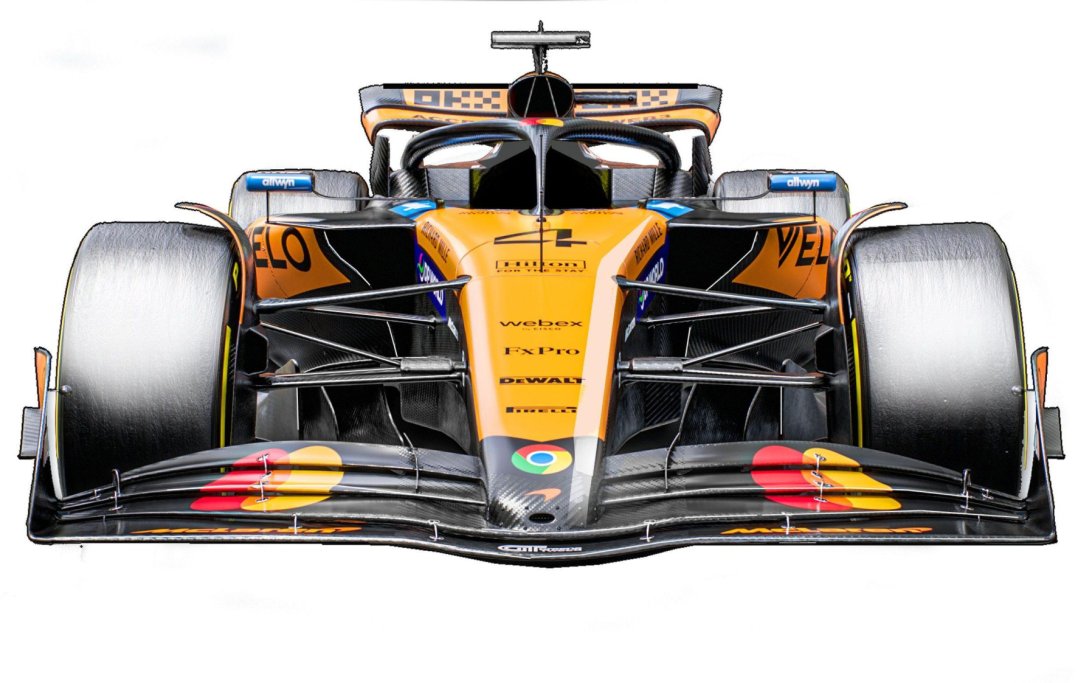
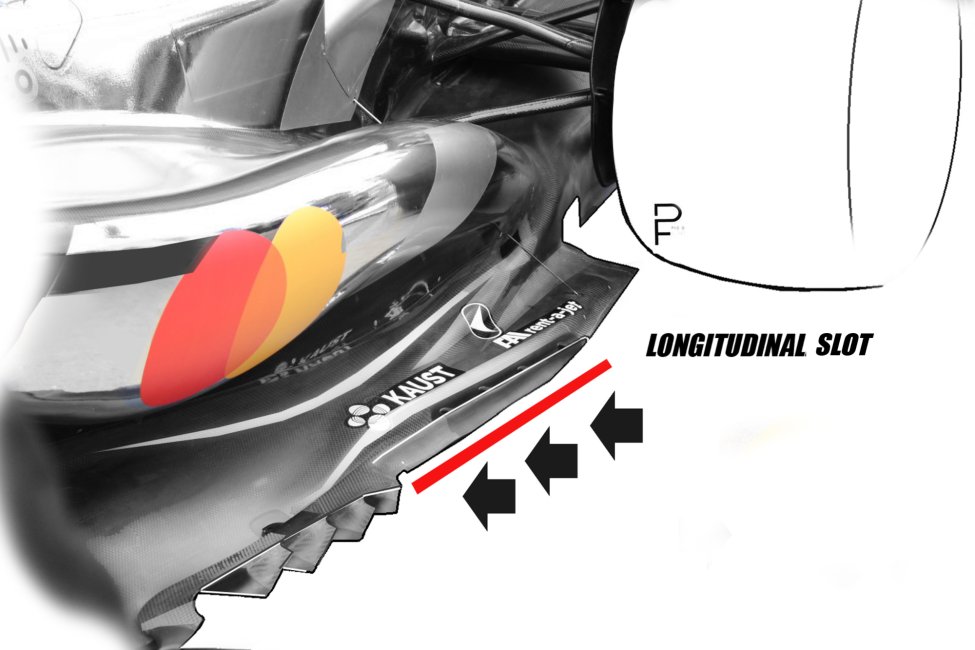
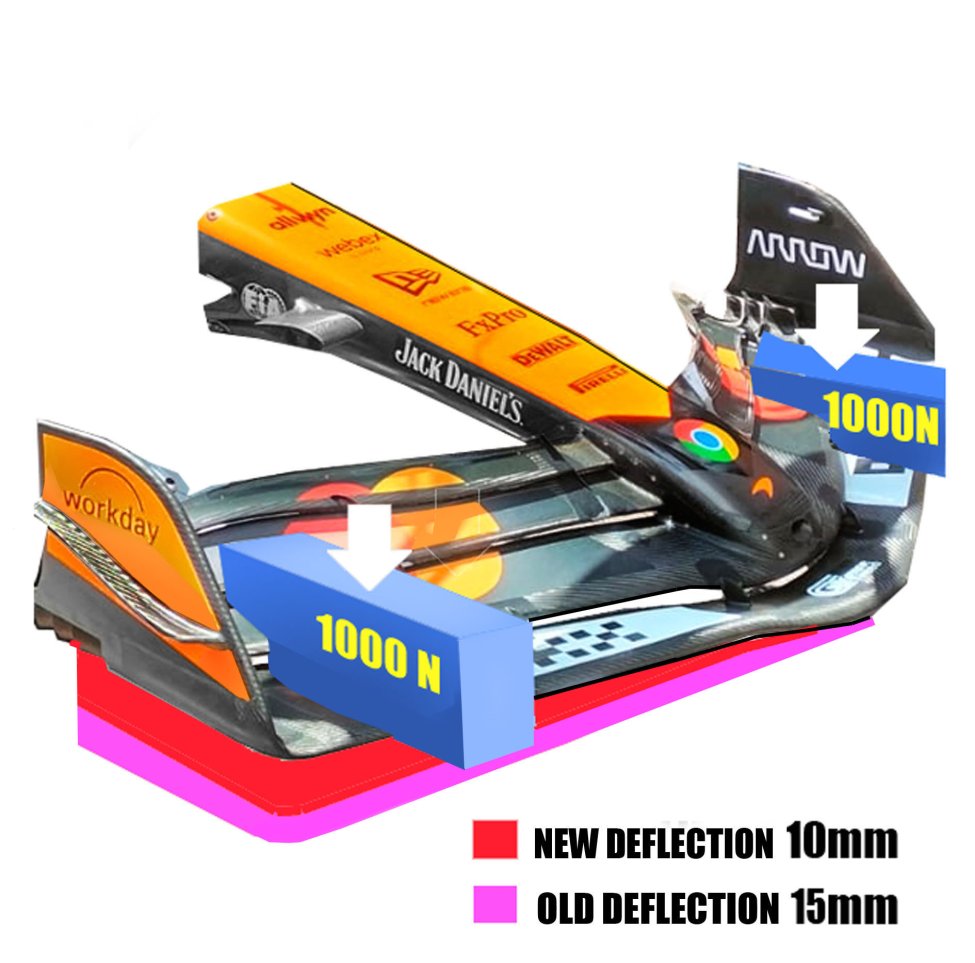
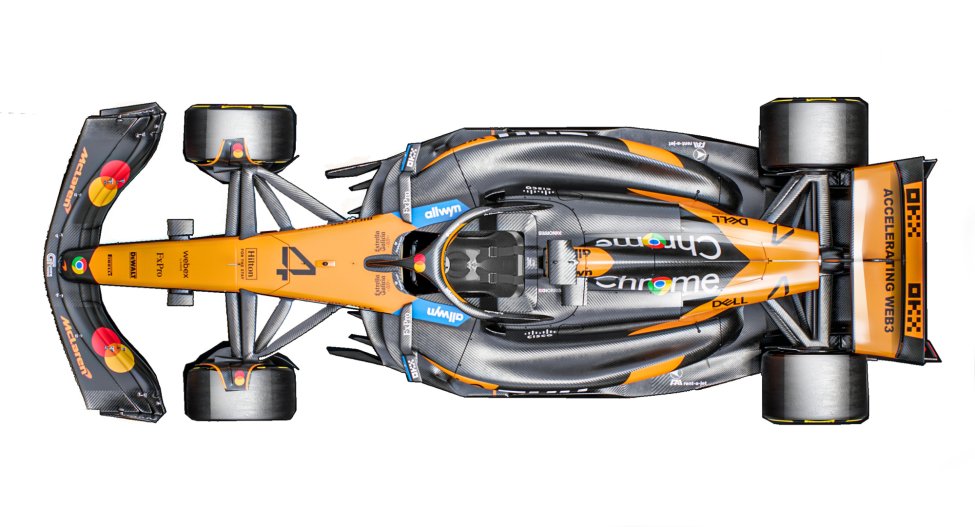


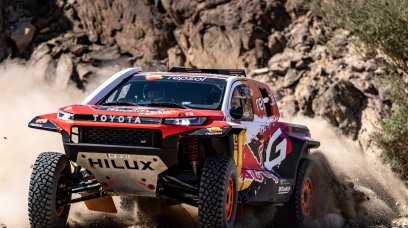
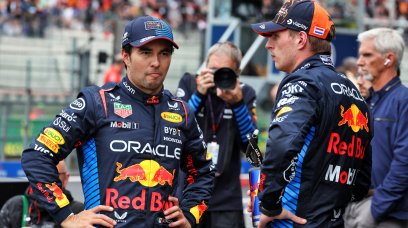
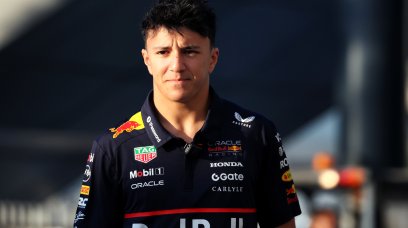
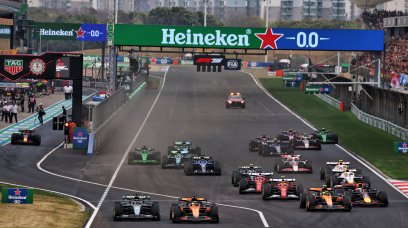
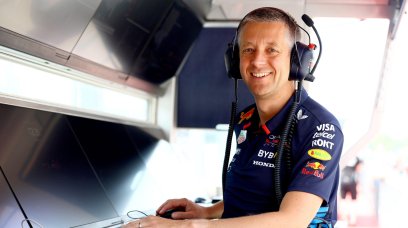
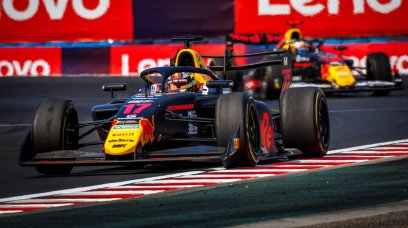
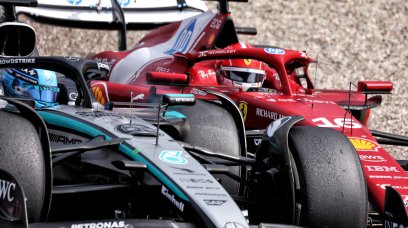


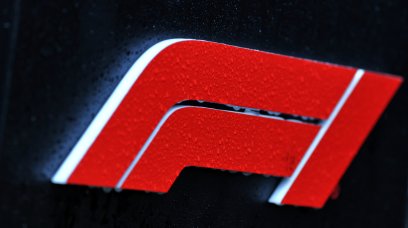
Join the conversation!